Inner knee pain can be a debilitating experience, affecting your ability to perform everyday activities and enjoy a full range of motion. This comprehensive guide delves into the intricate details of inner knee pain, covering everything from the anatomy of the knee to the latest treatment options and preventative measures. Whether you are currently suffering from knee pain or looking to prevent future issues, this article will equip you with the knowledge you need to take control of your knee health.
Understanding Inner Knee Pain
Inner knee pain, medically referred to as medial knee pain, is a discomfort or pain located on the inside portion of the knee. This type of pain can arise from a variety of injuries or conditions and may range from a mild annoyance to a severe impediment.
The knee joint is a complex structure, consisting of bones, cartilage, ligaments, and tendons that work together to enable movement such as walking, running, and jumping. It is essential to understand the mechanics of the knee to identify the underlying causes of inner knee pain effectively.
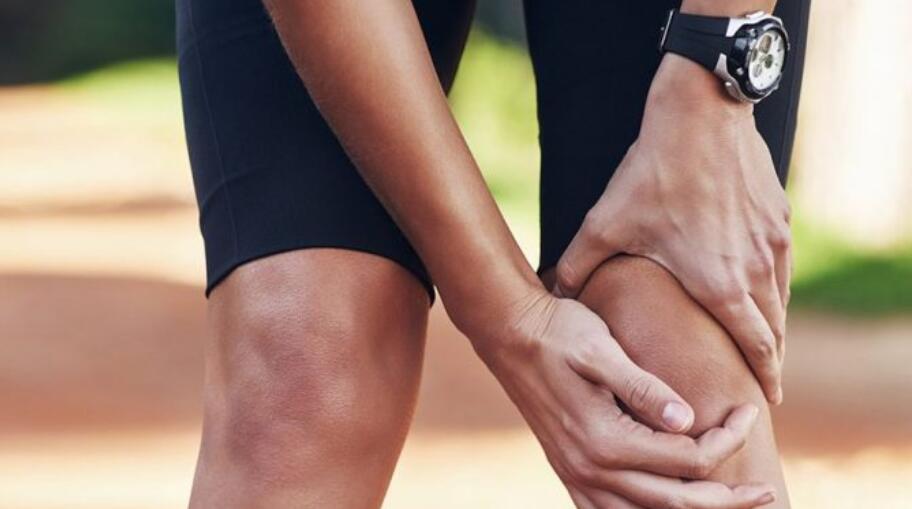
12 Common Causes of Inner Knee Pain
1. Medial Collateral Ligament (MCL) Injury
The MCL is located on the inner side of the knee and helps stabilize the joint. It can be injured from a direct blow to the outer knee or from a force that pushes the knee inward, causing inner knee pain. MCL injuries are common in contact sports such as football or soccer.
2. Meniscus Tears
The meniscus is a C-shaped cartilage that cushions the knee joint. Tears can occur from sudden twisting or from degenerative changes with age. Inner knee pain, along with swelling and difficulty bending the knee, are typical symptoms of meniscus tears.
3. Osteoarthritis
Osteoarthritis is a degenerative joint disease that commonly affects the knee. Over time, the protective cartilage in the knee joint wears down, leading to inner knee pain, stiffness, swelling, and a reduced range of motion. Osteoarthritis is more prevalent in older individuals or those who have experienced knee injuries.
4. Rheumatoid Arthritis
Rheumatoid arthritis is an autoimmune condition that causes chronic inflammation in the joints, including the knee. The immune system mistakenly attacks the synovium, resulting in inner knee pain, swelling, stiffness, and joint deformity. Rheumatoid arthritis can affect individuals of all ages.
5. Pes Anserine Bursitis
The pes anserine bursa is a small fluid-filled sac located on the inner side of the knee, just below the joint. Inflammation of this bursa, called pes anserine bursitis, can occur due to overuse, muscle imbalances, or obesity. Inner knee pain worsens with activities like running, walking up or down stairs, or prolonged sitting.
6. Medial Plica Syndrome
The medial plica is a fold of tissue within the knee joint that can become irritated or inflamed, resulting in inner knee pain. Repetitive knee movements, overuse, or injury may contribute to medial plica syndrome. Symptoms can include pain, clicking or snapping sensation, and swelling on the inner side of the knee.
7. Patellofemoral Pain Syndrome
Patellofemoral pain syndrome, commonly referred to as “runner’s knee,” is characterized by inner knee pain around or behind the kneecap (patella). It is often caused by overuse, muscle imbalances, poor alignment of the patella, or problems with the cartilage on the back of the kneecap. Activities involving bending and straightening the knee, such as running, squatting, or climbing stairs, may exacerbate the pain.
8. Iliotibial (IT) Band Syndrome
The iliotibial band is a thick band of connective tissue that runs along the outer side of the thigh, attaching to the outer aspect of the knee. Overuse or tightness of the IT band can cause friction and inflammation where it rubs against the inner knee, resulting in inner knee pain. IT band syndrome is common in runners and can be exacerbated by activities involving repetitive bending and extending of the knee.
9. Gout
Gout is a form of arthritis characterized by the buildup of uric acid crystals in the joints. When uric acid levels become elevated, crystals can form in the knee joint, leading to sudden and severe bouts of inner knee pain, swelling, redness, and warmth. Gout often affects the big toe joint but can also involve the knee joint.
10. Baker’s Cyst
A Baker’s cyst, or popliteal cyst, is a fluid-filled swelling that develops at the back of the knee joint. It can be caused by conditions such as meniscus tears, arthritis, or underlying knee joint inflammation. Baker’s cysts can cause discomfort or pain in the inner knee, especially when the knee is bent or fully extended.
11. Iliopsoas Tendinitis
The iliopsoas tendon, located at the front of the hip, passes over the front of the hip joint and inserts near the inner side of the upper tibia. Inflammation of this tendon, known as iliopsoas tendinitis, can cause inner knee pain. It is often seen in athletes or individuals who perform repetitive hip flexion movements, such as runners or dancers.
12. Stress Fractures
Stress fractures are small cracks in the bone caused by repetitive stress or overuse. When excessive forces are applied to the knee joint, such as in long-distance running or excessive jumping, stress fractures can occur in the bones of the knee joint, leading to inner knee pain. Stress fractures require rest and proper rehabilitation to heal.
It is important to remember that inner knee pain can have multiple contributing factors, and an accurate diagnosis by a healthcare professional is vital for appropriate treatment and management.
Effective Treatment Options for Inner Knee Pain
1. Rest, Ice, Compression, and Elevation (RICE)
This method is a well-known initial treatment approach for reducing inflammation and promoting recovery.
- Rest: Avoid activities that exacerbate the knee pain to allow for healing.
- Ice: Apply ice to the affected area for about 15-20 minutes every 2-3 hours to reduce swelling and pain.
- Compression: Use an elastic bandage to provide support and limit swelling. Ensure it is not wrapped too tightly to avoid restricting blood flow.
- Elevation: Elevate the leg above the heart level whenever possible to reduce fluid accumulation in the knee.
2. Medications and Pain Relief
Nonsteroidal Anti-Inflammatory Drugs (NSAIDs): Over-the-counter NSAIDs, such as ibuprofen or naproxen, can help reduce pain and inflammation. Prescription-strength NSAIDs may be recommended for more severe pain.
Acetaminophen: For individuals who cannot take NSAIDs due to underlying medical conditions or allergies, acetaminophen may be an alternative for pain relief. However, it does not have the anti-inflammatory effects of NSAIDs.
Topical Analgesics: Creams, gels, or patches containing menthol, capsaicin, or lidocaine can provide temporary pain relief when applied directly to the affected area.
3. Physical Therapy and Rehabilitation
Benefits of Physical Therapy: Physical therapy plays a crucial role in the recovery and rehabilitation of inner knee pain. A physical therapist can design a customized treatment plan to address specific weaknesses, improve flexibility, and promote overall knee health.
Strengthening Exercises: Strengthening exercises focus on improving the strength of the muscles surrounding the knee, such as the quadriceps, hamstrings, and calf muscles. Examples include leg presses, squats, and step-ups.
Range of Motion Exercises: Range of motion exercises help improve flexibility and restore mobility in the knee joint. Examples include heel slides, knee extensions, and hamstring stretches.
Balance and Proprioception Training: Balance and proprioception exercises aim to enhance joint stability and coordination. These exercises can involve standing on one leg, using a balance board, or performing specific movements that challenge balance.
Modalities and Techniques: Physical therapists may also use additional modalities and techniques such as ultrasound, electrical stimulation, heat or cold therapy, and manual therapy to aid in pain relief and recovery.
4. Injections and Minimally Invasive Procedures
Corticosteroid Injections: Corticosteroid injections, administered directly into the knee joint, can provide temporary relief from pain and inflammation. However, they are typically used sparingly due to potential long-term side effects.
Viscosupplementation: Viscosupplementation involves injecting hyaluronic acid into the knee joint to improve lubrication and reduce pain associated with osteoarthritis.
Platelet-Rich Plasma (PRP) Therapy: PRP therapy utilizes the patient’s own blood, which is processed to concentrate platelets and growth factors. The resulting solution is then injected into the knee joint to promote healing and reduce inflammation.
Prolotherapy: Prolotherapy, or regenerative injection therapy, involves injecting a solution (often dextrose) into the knee joint to stimulate the body’s natural healing response and promote tissue repair.
Laser Therapy: Low-level laser therapy may be used to promote tissue healing and reduce inflammation in the knee joint. This non-invasive procedure uses specific wavelengths of light to target affected areas.
5. Surgical Treatments
When Surgery Is Needed: Surgery may be an option if conservative treatments fail to provide relief or if the structural damage to the knee is significant.
Arthroscopic Surgery: Arthroscopic surgery involves using a small camera called an arthroscope and specialized surgical tools to repair or remove damaged tissue in the knee joint. It is a minimally invasive procedure with a shorter recovery time compared to open surgery.
Meniscus Repair or Removal: In cases of severe meniscus tears, a surgeon may repair or remove the damaged portion of the meniscus to alleviate pain and improve knee function.
Ligament Reconstruction: When ligament injuries, such as MCL tears, do not heal with non-surgical treatments, surgical reconstruction may be necessary. This procedure involves using grafts to create a new ligament and restore stability to the knee.
Partial or Total Knee Replacement: For individuals with advanced osteoarthritis or other severe knee conditions, partial or total knee replacement surgery may be considered. In partial knee replacement, only the affected portion of the knee is replaced, while total knee replacement involves replacing the entire knee joint with artificial components.
It is important to consult with a healthcare professional to determine the most suitable treatment approach for your specific condition.
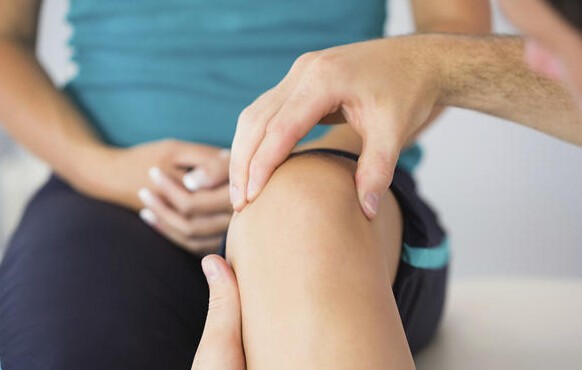
5 Best Exercises for Inner Knee Pain
1. Inner Thigh Squeeze
This exercise focuses on strengthening the adductor muscles responsible for stabilizing the inner knee. Follow these steps to perform the inner thigh squeeze exercise:
- Sit on the edge of a chair with your feet flat on the floor and your knees bent at a 90-degree angle.
- Place a small exercise ball or a rolled-up towel between your knees.
- Squeeze the ball or towel with your knees and hold for 5 seconds.
- Release the squeeze and relax for a few seconds.
- Repeat the exercise 10-15 times, gradually increasing the squeeze duration.
2. Wall Squats
Wall squats are an effective exercise for strengthening the quadriceps, hamstrings, and gluteal muscles, which provide support to the knee joint. To perform wall squats:
- Stand with your back against a wall and feet shoulder-width apart.
- Slowly slide down the wall, bending your knees until they are at a 90-degree angle.
- Hold the position for 5-10 seconds, then gradually rise back up.
- Repeat the exercise 10-15 times, focusing on maintaining proper form and alignment.
3. Straight Leg Raises
Straight leg raises target the quadriceps muscles and can help improve knee stability. Here’s how to perform this exercise:
- Lie flat on your back with one leg extended and the other bent at a 90-degree angle.
- Tighten your quadriceps muscle and lift your extended leg off the ground, keeping it straight.
- Hold for 5 seconds, then slowly lower your leg back down.
- Repeat the exercise 10-15 times on each leg, alternating between legs.
4. Seated Knee Extension
Seated knee extensions are a simple yet effective exercise for strengthening the quadriceps muscles. To perform this exercise:
- Sit on a chair with your back straight and feet flat on the floor.
- Extend one leg straight out before you, keeping your foot flexed.
- Hold for 5 seconds, then slowly lower your leg back down.
- Repeat the exercise 10-15 times on each leg, alternating between legs.
5. Hamstring Curls
Hamstring curls target the hamstring muscles, which are crucial in knee stability. Follow these steps to perform hamstring curls:
- Stand behind a chair, holding onto it for support.
- Bend one knee and bring your heel towards your buttocks, contracting the hamstring muscles.
- Hold for 5 seconds, then slowly lower your leg back down.
- Repeat the exercise 10-15 times on each leg, alternating between legs.
Preventive Measures for Inner Knee Pain
1. Maintaining a Healthy Weight
Excess weight strains the knees, leading to increased pain and potential damage. Maintaining a healthy weight through a balanced diet and regular exercise reduces stress on the knee joints and minimizes the risk of developing inner knee pain.
2. Proper Footwear
Wearing supportive footwear with good cushioning can help absorb shock and reduce knee stress while walking or exercising. Opt for shoes that provide adequate arch support and cushioning to maintain proper alignment and alleviate knee discomfort.
3. Warm-up and Cool-down
Always warm up before engaging in physical activities to prepare the muscles and joints for exercise. Similarly, cool down afterward to gradually decrease heart rate and prevent muscle stiffness. Incorporate gentle stretches into your warm-up and cool-down routines.
4. Joint-Friendly Activities
Engage in low-impact activities that minimize knee stress, such as swimming, yoga, or using an elliptical machine. These activities offer cardiovascular benefits without excessive strain on the knee joints.
5. Rest and Recovery
Allow your knees sufficient rest and recovery time between intense activities or workouts. Listen to your body and avoid overexertion, which can lead to increased pain and potential injury.
6. Avoiding Overuse
Repetitive activities, such as running or jumping, can contribute to inner knee pain. Incorporate variety into your exercise routine to avoid overuse injuries. Alternate between different forms of exercise to minimize stress on the knee joints.
Frequently Asked Questions
1. Can inner knee pain be relieved without medication?
Yes, several natural remedies and lifestyle modifications can alleviate inner knee pain. Hot and cold therapy, Epsom salt soaks, turmeric, ginger, essential oils, and acupuncture are effective alternatives to medication for pain relief.
2. How long does it take for physical therapy to alleviate inner knee pain?
The duration of physical therapy for inner knee pain varies depending on the severity of the condition and individual response to treatment. Consistency in attending sessions and diligently performing prescribed exercises can yield noticeable improvements within a few weeks to several months.
3. Can knee braces be worn during physical activities?
Yes, knee braces can provide support and stability during physical activities. However, choosing the appropriate type of brace based on your knee condition is important, and consult with a healthcare professional or physical therapist for proper fitting and guidance.
When to Seek Medical Attention?
Prompt Medical Attention: Certain symptoms associated with inner knee pain may indicate a more serious condition that requires immediate medical attention. These symptoms include:
- Intense and unbearable pain
- Inability to bear weight on the affected leg
- Severe swelling or visible deformity
- Sudden locking or giving way of the knee joint
- Numbness or tingling in the leg or foot
If you experience any of these symptoms, it is important to seek medical attention promptly to determine the cause and appropriate treatment.
Long-Term Management of Chronic Knee Pain
Persistent Knee Pain: If you are experiencing chronic inner knee pain that does not improve with conservative treatments or if the pain is significantly affecting your daily activities and quality of life, it may be time to seek specialized care.
Consulting a Specialist: A healthcare professional, such as an orthopedic surgeon or a sports medicine specialist, can provide a comprehensive evaluation and recommend appropriate treatment options tailored to your specific condition.

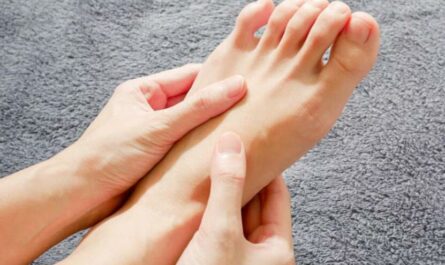
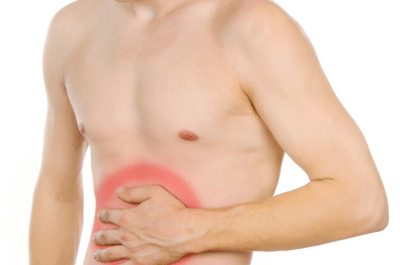
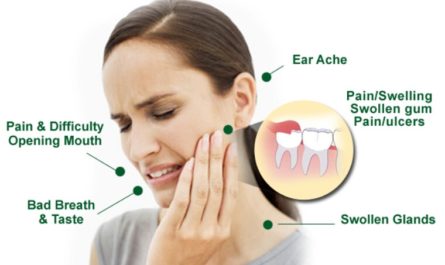

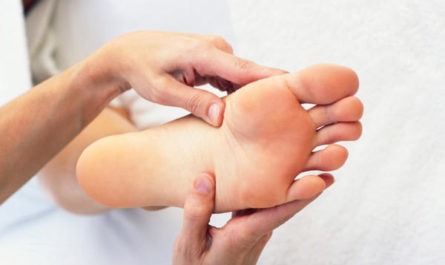

Hey Guys,
Absolutely love these homemade remedies, Cayenne pepper and knee pain I would never have thought that. I was thinking this would have been stretches and foam rolling, pleasantly surprised….
I have even tweeted this too.
Thanks
Joe X